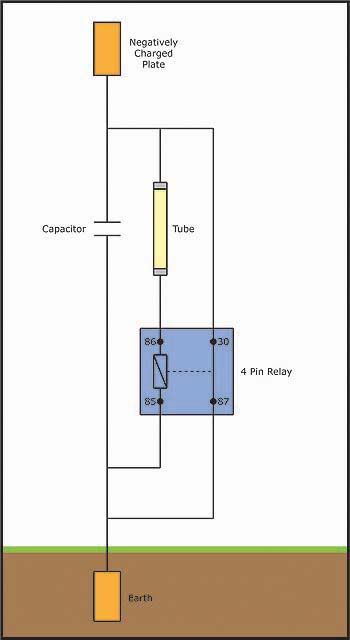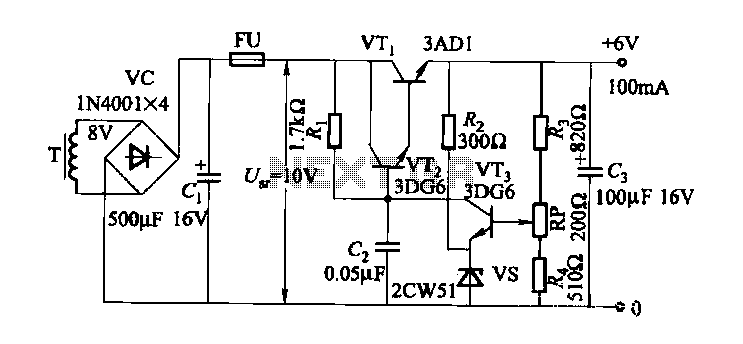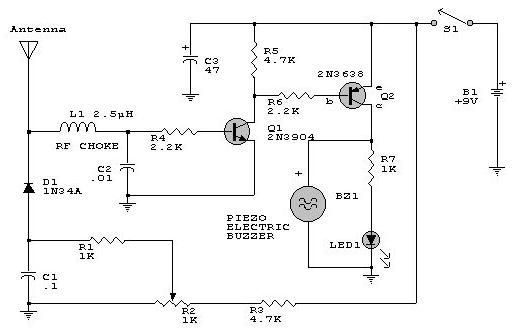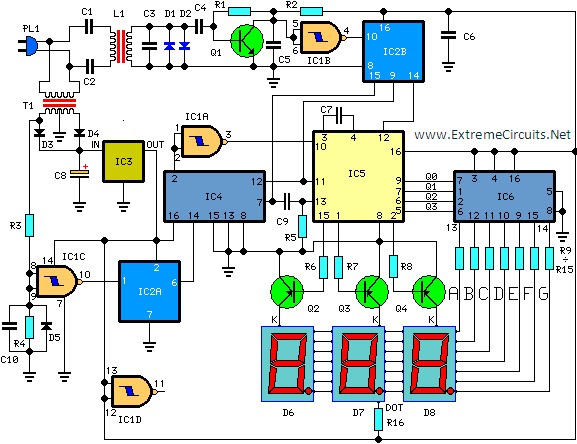
Tesla / Imhotep Radiant Energy Circuit

An individual has been studying Nikola Tesla's work for approximately 11 months and recently discovered Imhotep's concept of Radiant energy.
The study of Nikola Tesla's contributions to electrical engineering and energy transmission has led to significant advancements in understanding electromagnetic fields and energy propagation. Tesla's work on alternating current (AC) systems, wireless transmission of energy, and resonance principles laid the groundwork for modern electrical systems.
Imhotep's concept of Radiant energy, which is often associated with the harnessing of ambient energy from the environment, aligns with Tesla's vision of free energy. Radiant energy refers to energy that is emitted in the form of electromagnetic radiation, which can be captured and utilized for various applications, including power generation and wireless energy transfer.
In practical applications, circuits designed to harness radiant energy typically include components such as antennas, resonant circuits, and energy storage systems. Antennas can capture electromagnetic waves, while resonant circuits can enhance the efficiency of energy transfer by tuning to the frequency of the incoming energy. Energy storage components, such as capacitors or batteries, can store the harvested energy for later use.
The integration of these components into a coherent schematic requires careful consideration of the operating frequencies, impedance matching, and the overall efficiency of energy conversion. Circuit designers must also ensure that the system adheres to safety standards and regulations, particularly when dealing with high-frequency signals and wireless transmission.
Overall, the exploration of radiant energy and its potential applications continues to be a vibrant area of research, building on the foundational principles established by pioneers like Nikola Tesla.Hi everyone! I have been studying Nikola Tesla`s amazing work for approximately 11 months. A few days ago I came across Imhotep`s brilliant Radiant.. 🔗 External reference
The study of Nikola Tesla's contributions to electrical engineering and energy transmission has led to significant advancements in understanding electromagnetic fields and energy propagation. Tesla's work on alternating current (AC) systems, wireless transmission of energy, and resonance principles laid the groundwork for modern electrical systems.
Imhotep's concept of Radiant energy, which is often associated with the harnessing of ambient energy from the environment, aligns with Tesla's vision of free energy. Radiant energy refers to energy that is emitted in the form of electromagnetic radiation, which can be captured and utilized for various applications, including power generation and wireless energy transfer.
In practical applications, circuits designed to harness radiant energy typically include components such as antennas, resonant circuits, and energy storage systems. Antennas can capture electromagnetic waves, while resonant circuits can enhance the efficiency of energy transfer by tuning to the frequency of the incoming energy. Energy storage components, such as capacitors or batteries, can store the harvested energy for later use.
The integration of these components into a coherent schematic requires careful consideration of the operating frequencies, impedance matching, and the overall efficiency of energy conversion. Circuit designers must also ensure that the system adheres to safety standards and regulations, particularly when dealing with high-frequency signals and wireless transmission.
Overall, the exploration of radiant energy and its potential applications continues to be a vibrant area of research, building on the foundational principles established by pioneers like Nikola Tesla.Hi everyone! I have been studying Nikola Tesla`s amazing work for approximately 11 months. A few days ago I came across Imhotep`s brilliant Radiant.. 🔗 External reference





